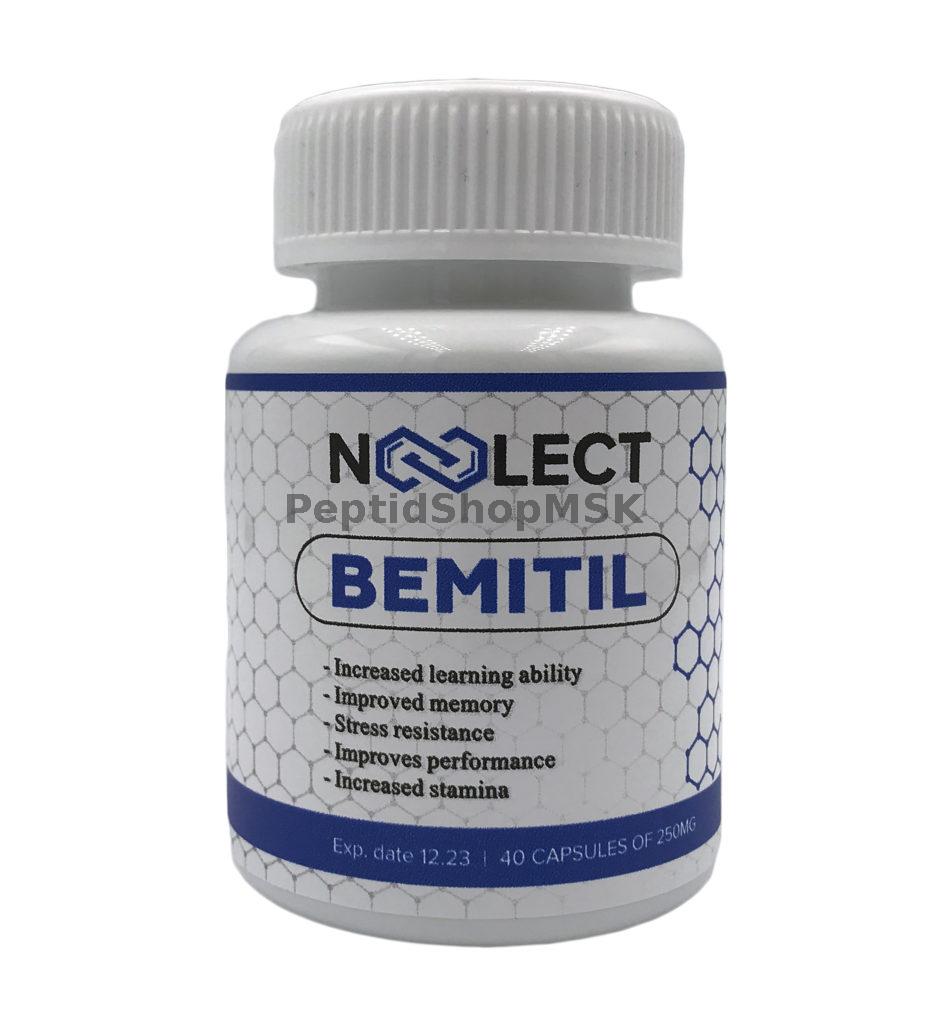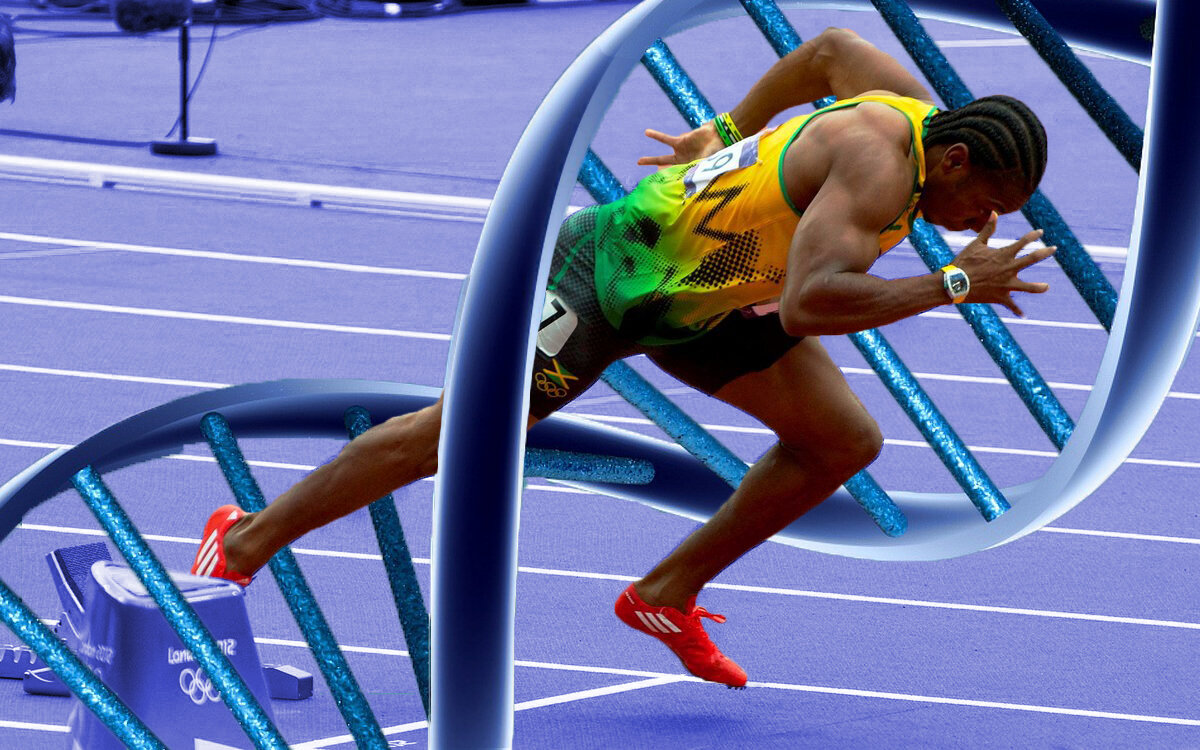In modern sport various pharmacological agents are used to maintain performance capacity and accelerate recovery processes after heavy loads, during acute and chronic fatigue, over-fatigue and painful states.
Special attention is paid to pharmacological preparations of plant origin. In each individual case the doctor decides on the use of one or another restorative means.
Specific substances with antihypoxic properties must meet three main requirements:
1) increase the body’s resistance to acute hypoxia, including extreme hypoxia;
2) they do not significantly alter the activity of the CNS,
cardiovascular and other systems;
3) do not decrease the physical and mental performance of the organism under normal conditions of oxygen supply, and contribute to its preservation under conditions of hypoxia.
Performance-enhancing drugs
These needs are met by many substances: cytochrome-c, glutamine, ascorbic, asparagic, folic, pantothenic, hutamine and others.
These drugs have a positive effect on the body when oxygen deficiency occurs. Under their influence, general well-being improves, the intensity of hypoxia symptoms decreases and physical performance increases.
Bemityl
promotes faster recovery and increased efficiency. It is used at the rate of 0.25 g for 2-3 weeks or 0.5 g for 10 days.

Glutamic acid (sodium glutamate)
stimulates oxidative processes. 1-2 tablets should be taken after training or competition.
Gutimine
increases the intensity of glycolysis, saves glycogen consumption during exercise and limits the accumulation of excess lactate. Take 1-2 tablets after training, 2-3 tablets 1-1.5 hours before the event.
Cytamac (cytochrome-s)
is an electron transporter that acts in hypoxia. It is administered intramuscularly in 1 ampoule after training as a recuperator, especially in case of high lactate, and before the start in cyclic sports. It often causes an allergic reaction.

